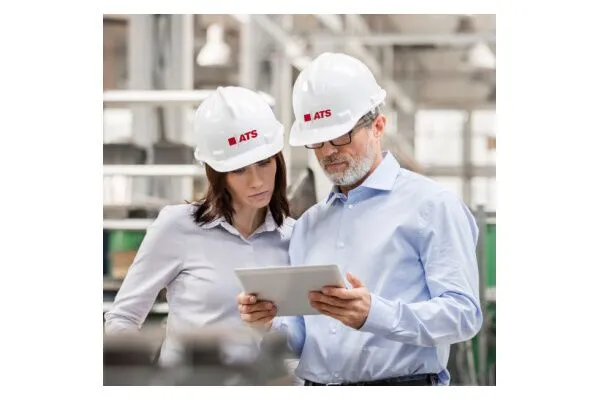
By Micah Statler July 16, 2024
Collected at: https://www.plantengineering.com/articles/six-technology-trends-that-shape-the-transition-to-industry-5-0/
As we transition toward Industry 5.0, the focus is shifting from automation and efficiency to personalization and collaboration between humans and machines. Here are six significant trends anticipated to shape this new era:
1. Expanded use of cobots (collaborative robots)
Cobots are set to redefine traditional industrial robots by working alongside humans to enhance, rather than replace human efforts. These robots are outfitted with advanced sensors and artificial intelligence (AI), enabling them to understand and anticipate human actions. This makes them safer and more intuitive partners in manufacturing. Their adaptability allows them to perform various tasks, often adjusting their behavior based on real-time human input.
2. Superior customization and personalization capabilities
Industry 5.0 is expected to leverage AI to transition from traditional mass production to mass customization, where products are tailored to individual customer preferences at scale. This not only meets specific customer needs but also allows for greater manufacturing flexibility. Advanced analytics and connected manufacturing systems are used to analyze customer data and drive the production of personalized products, enhancing consumer satisfaction and engagement.
3. Improving the sustainability of production
The emphasis on sustainability is increasingly critical in Industry 5.0, focusing on ecofriendly materials and energy-efficient production processes. New technologies are employed to minimize environmental impact by optimizing resource usage and reducing waste. This sustainable approach aims to be integrated throughout the life cycle of products — from design to disposal — helping manufacturing become a regenerative force in the global ecosystem.

Figure 1: Two engineers discuss advanced technologies, exemplifying the human-machine collaboration central to the transition to industry 5.0. Courtesy: Advanced Technology Services
4. Growing emphasis on human-centric design
This trend emphasizes creating a workplace where technology serves the worker, enhancing ergonomics and overall safety. The design of machinery and workflows in Industry 5.0 increasingly reflects the need to adapt to human physical and cognitive capabilities, aiming to reduce strain and prevent injuries. This is set to improve worker satisfaction and productivity while also attracting a skilled workforce by promoting a safer and more appealing working environment.
5. Enhanced decision-making across industries
In Industry 5.0, AI and machine learning play critical roles in processing vast amounts of data to aid in decision-making processes. Machines become active participants in analyzing information, providing insights that lead to more informed decisions and faster response times. This capability allows businesses to be more agile, adapting to changes and optimizing operations in real time.
6. Enriched machine health monitoring
Advanced machine health monitoring systems in Industry 5.0 use AI and sensors to continually assess the status of equipment, predicting potential failures before they disrupt production. This proactive maintenance approach not only prolongs the life of equipment but also optimizes manufacturing uptime. By anticipating and mitigating potential issues, companies can avoid costly interruptions and maintain steady production flows, thus enhancing overall operational efficiency.
The path forward in Industry 5.0
As we edge closer to Industry 5.0, the integration of advanced technologies heralds a future where efficiency and human-machine collaboration take center stage. By embracing these innovations sooner rather than later organizations are positioned to transform into more adaptable and resilient entities, ready to tackle the challenges of a rapidly evolving global landscape.
The timeline of the past 200 years identifies the progress manufacturing and industrial experts have made:
- Industry 1.0 (late 18th century): This era was characterized by the debut of mechanical production facilities powered by water and steam, setting the foundation for modern manufacturing. The steam engine emerged as a seminal invention, catalyzing the development of the textiles industry and boosting production capabilities.
- Industry 2.0 (late 19th century to early 20th century): The introduction of electric power marked the beginning of Industry 2.0, enabling the expansion of faster and more comprehensive production lines and giving rise to mass production techniques. The assembly line — which was brought into prominence by Henry Ford in automobile manufacturing — significantly cut costs and made products such as cars accessible to the masses.
- Industry 3.0 (late 20th century): Automation took center stage with the integration of electronics and information technology into factories. Robots and programmable logic controllers became staples on production lines. These innovations boosted efficiency and reduced human error, signifying a major advance in manufacturing technology.
- Industry 4.0 (21st century): Our current industry, this time is characterized by the integration of digital technologies with traditional industrial practices. Cyberphysical systems and the internet of things play crucial roles, creating a more interconnected and intelligent factory floor. Big data analytics and AI are also strategically employed to streamline processes and anticipate maintenance needs before they arise.

Leave a Reply